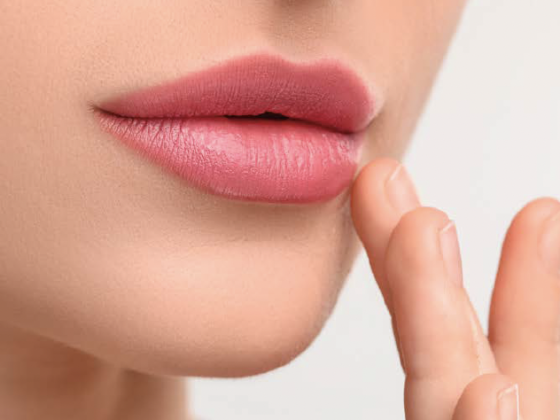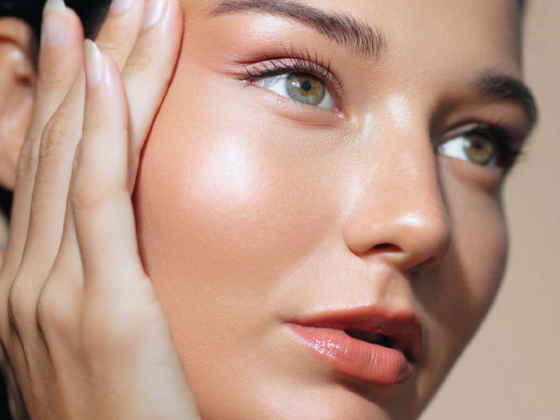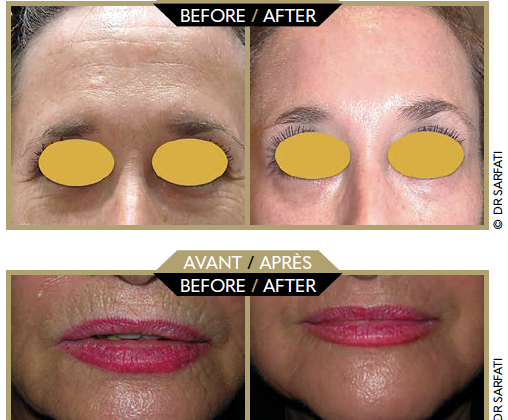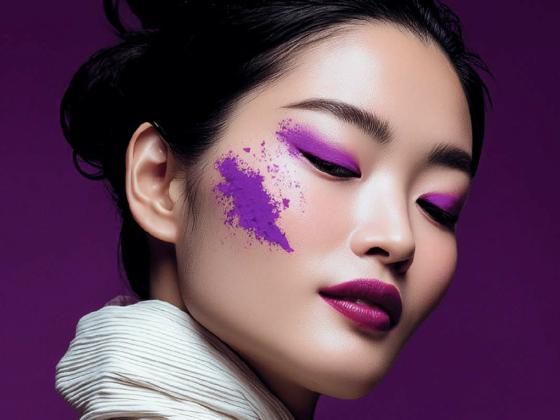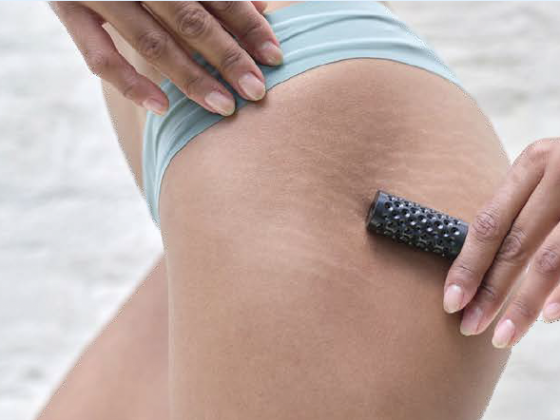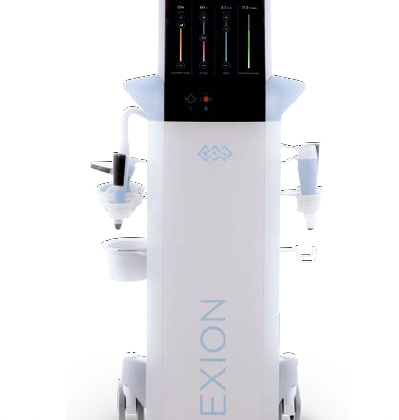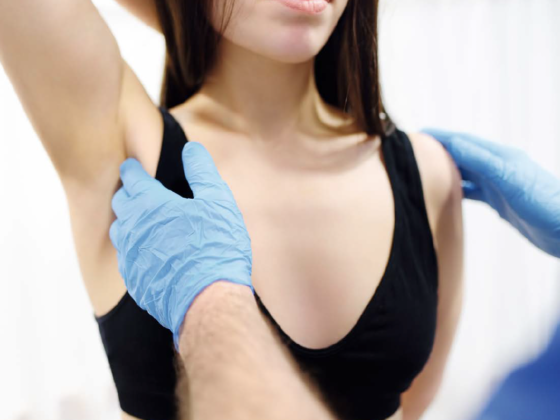How to Define Masculine Features with HA Fillers
Pr Demetris Savva
Male aesthetics has become a distinct and rapidly evolving field within aesthetic medicine. An increasing number of men seek non-surgical procedures not to feminise or overly smooth their features, but rather to enhance facial structure, reinforce masculine attributes, and project vitality and self-confidence.

Hyaluronic acid (HA) fillers, particularly cohesive implant-type gels with optimised rheology, offer a powerful and versatile tool for achieving these goals—provided that anatomical and gender-specific differences are respected. Advances in filler science, such as the development of high G′ formulations optimised for deep injection, now allow practitioners to achieve durable, natural-looking masculine definition with greater predictability and safety.
Anatomical Targets and Objectives
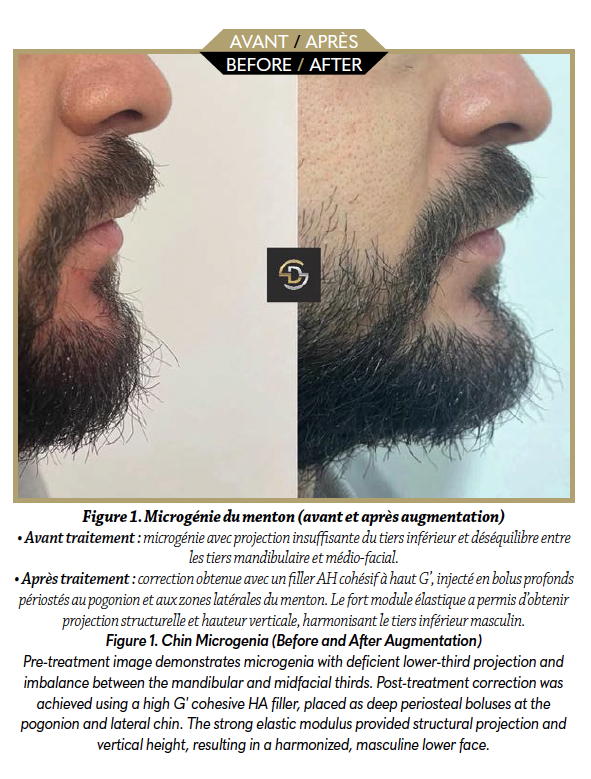
The cornerstone of masculine attractiveness lies in angularity, symmetry, and projection. The key structural areas to address include:
• the mandibular angle and jawline
• the chin
• the zygomatic arch
• in select cases, the forehead and glabellar region to restore balance and reduce concavity.
Unlike female beautification, which often aims to soften contours and create convexity, male enhancement requires stronger angles, flatter midface transitions, and more pronounced linearity—particularly in the lower third of the face.
Injection Techniques by Region
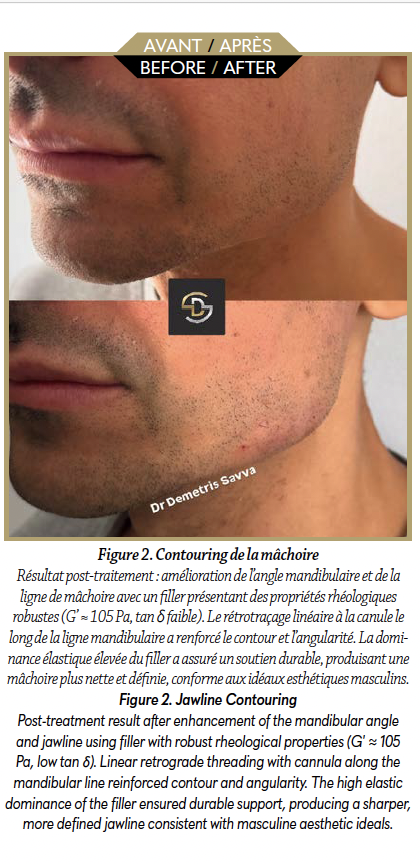
1. Mandibular Angle: High-density fillers with elevated elastic modulus (G′) are essential for restoring sharp definition. A deep bolus technique onto the periosteum is favoured to reinforce or reconstruct the angle, while lateral extension may be achieved through linear threading or bolus placement along the posterior mandibular line.
2. Jawline Definition: Linear retrograde threading with a cohesive implant-type gel with cannula, placed supraperiosteally or subdermally, creates a crisp demarcation. Male patients benefit from controlled linearity rather than soft blending. Overprojection laterally must be avoided to preserve proportionality.
3. Chin Augmentation: Deep boluses at the pogonion and lateral chin provide projection and vertical height. In microgenia or cases with prejowl deficiency, additional support at the prejowl sulcus balances the lower third and this is achieved harmoniously with cohesive gel implants.
4. Zygomatic Enhancement: Bolus injections over the zygomatic arch can increase lateral width. The orientation should emphasise horizontal projection, avoiding the anterior convexity favoured in female contouring.
5. Forehead and Glabellar Area: When indicated, low-viscosity fillers may be used with fanning or micro-bolus techniques. Male foreheads should remain relatively flat, with minimal convexity to maintain masculine contour.
Rheology and Product Selection in Male Aesthetics
Male skin is thicker, more vascular, and supported by denser fibrous septae compared to female skin. For this reason, rheological properties of HA fillers directly determine treatment success and German-engineered formulations in this category are particularly recognised for delivering contour stability and long-lasting results, aligning with the requirements of male facial sculpting
• Elastic modulus (G′): This represents the filler’s ability to resist deformation and maintain shape under stress. High G′ provides robust lifting and contouring capacity, ideal for mandibular angle and chin projection where structural support is paramount. By contrast lower G′ fillers are better suited for softer transitions or perioral augmentation.
• Viscous modulus (G″): Reflects energy loss during shear. A moderate G″ ensures resilience while preventing excessive migration. Lower values make it preferable in dynamic zones requiring flexibility.
• Complex modulus (G*): Integrates both elastic and viscous components, indicating overall resistance to deformation, confirming its suitability for deep, structural augmentation in men.
• tan δ (G″/G′ ratio): This ratio indicates the balance between viscous and elastic behaviour. A lower value signifies stronger elastic dominance—crucial for sculpting male facial angles. In contrast, higher ratios allow for smoother, softer outcomes in less structurally demanding areas.
Thus, for male-specific contouring, advanced cohesive gel fillers with high G′, high G*, and low tan δ are the most appropriate for jawline, chin, and zygomatic support. More pliable formulations remain valuable in secondary refinements or in areas where flexibility is needed.
Technical Considerations
Cannulas are preferred in large vascularised treatment zones such as the jawline and mandibular angle, reducing vascular risk. Needles, however, remain indispensable for precise bony augmentation in the chin and zygomatic arch. Layering strategies—placing a structural filler deeply, then refining contour with a softer formulation—allow tailored, stable, and natural outcomes. Male aesthetics is no longer an adaptation of female-focused techniques but a distinct discipline that requires sharper definition, stronger projection, and lasting structural support. Achieving these results depends on choosing fillers with the right rheological properties—high G′ for lifting capacity, strong complex modulus for resistance to deformation, and a low tan δ to ensure stability- which are characteristics of cohesive implant-type HA gels. In clinical practice, it allows practitioners to sculpt the jawline, chin, and zygomatic arch with accuracy and confidence, delivering natural and durable masculine enhancement that reinforces identity without compromising authenticity.
Pr Demetris Savva

Board-certified Reconstructive & Aesthetic Plastic Surgeon and Contract Professor at the Universities of Camerino & Torino, Italy. International faculty at AMWC, IMCAS and other leading congresses, with expertise in minimally invasive aesthetic techniques.





